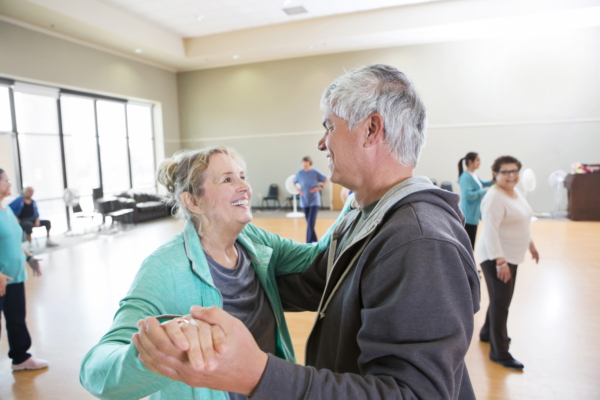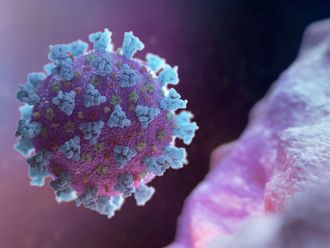
A study last month by Imperial College London in collaboration with the WHO discovered that life expectancies are set to rise in many countries by 2030. In fact, in South Korea, the life expectancy of women is set to pass 90. So then, what exercises should elderly people commit to and what should they consider when developing exercise routines?
As you age, your body slowly starts to deteriorate. Your muscle and bone mass gradually deplete. Recovery times lengthen and you take longer to heal from injuries. Yet, to bow to the inevitable isn’t necessarily the best way to approach staying fit. With the correct exercise, you can dramatically slow down your body’s degeneration and in some instances even reverse the effects of ageing.
It’s common for people in their fifties to experience problems with joints. In many cases, this deters people from continuing with previous fitness activities, such as jogging. Yet, there are alternatives that allow you to maintain a healthy weight, strong bones and muscles, and a decent level of cardiovascular fitness. Low-impact activities, such as cycling or swimming offer health benefits without placing pressure on your joints and ensuring you stay fit and healthy in your later years.
Yoga
When you pass middle age, you become less flexible. Yoga is a safe and effective form of stretching, which builds your balance and coordination and improves your flexibility. There are a number of other benefits from the practise. Studies have found that yoga can be beneficial for people suffering from high blood pressure, heart disease and lower back pain. There are also a number of psychological benefits to yoga, with studies showing that it can reduce stress and depression. According to the UK’s NHS, practising yoga just twice a week for over an hour will enable you to meet its recommended guidelines on muscle-strengthening activities.
Walking
Perhaps the most popular low-impact activity, if you up the pace of your journey from a stroll to a brisk walk, your heart rate will increase, improving your cardiovascular health, and you will start to burn calories. The UK National Health Service recommends walking 10,000 steps a day. This may be difficult with limited leisure time, but it is possible to incorporate walking into your everyday routine. When the weather is cooler here in Dubai, try to make walking a habitual part of your life by parking further away from work or taking the metro. Another suggestion would be to take the stairs instead of the lift, when possible. Walking is proven to reduce the risk of chronic diseases such as type 2 diabetes and heart disease.
Swimming
Few activities provide the full-body workout that swimming can. Not only is it an excellent form of cardiovascular exercise but it also works various muscle groups and reduces stress. Best of all, if you have weak knees or a bad back, it’s a low-impact activity that won’t place too much pressure on your joints.
Dancing
Regardless of whether you fancy yourself the next John Travolta or you’re more inclined to classical ballet, there are dozens of dance studios scattered across the emirate that hold classes for different styles and tastes. In fact, it’s easy to find classes for most dance styles you can think of, ranging from the foxtrot and the waltz to hip-hop and tango. Not only can dancing be fun and sociable but it also has a number of health benefits. Dancing helps improves your posture and balance and, depending on the duration and intensity of your session, can burn calories and improve your cardiovascular health. It is also an effective way of slowing and even reversing the deterioration of your muscle mass.
Aqua aerobics
Dubai has no shortage of swimming pools, so if you’re concerned about the effect a vigorous aerobics session in a gym class may have on your knees and joints, there are alternatives. Aqua aerobics is the water-based, low-impact equivalent of a gym class. Participants usually perform exercises in waist-deep water. These include running on the spot, jumping and various arm and leg movements.











